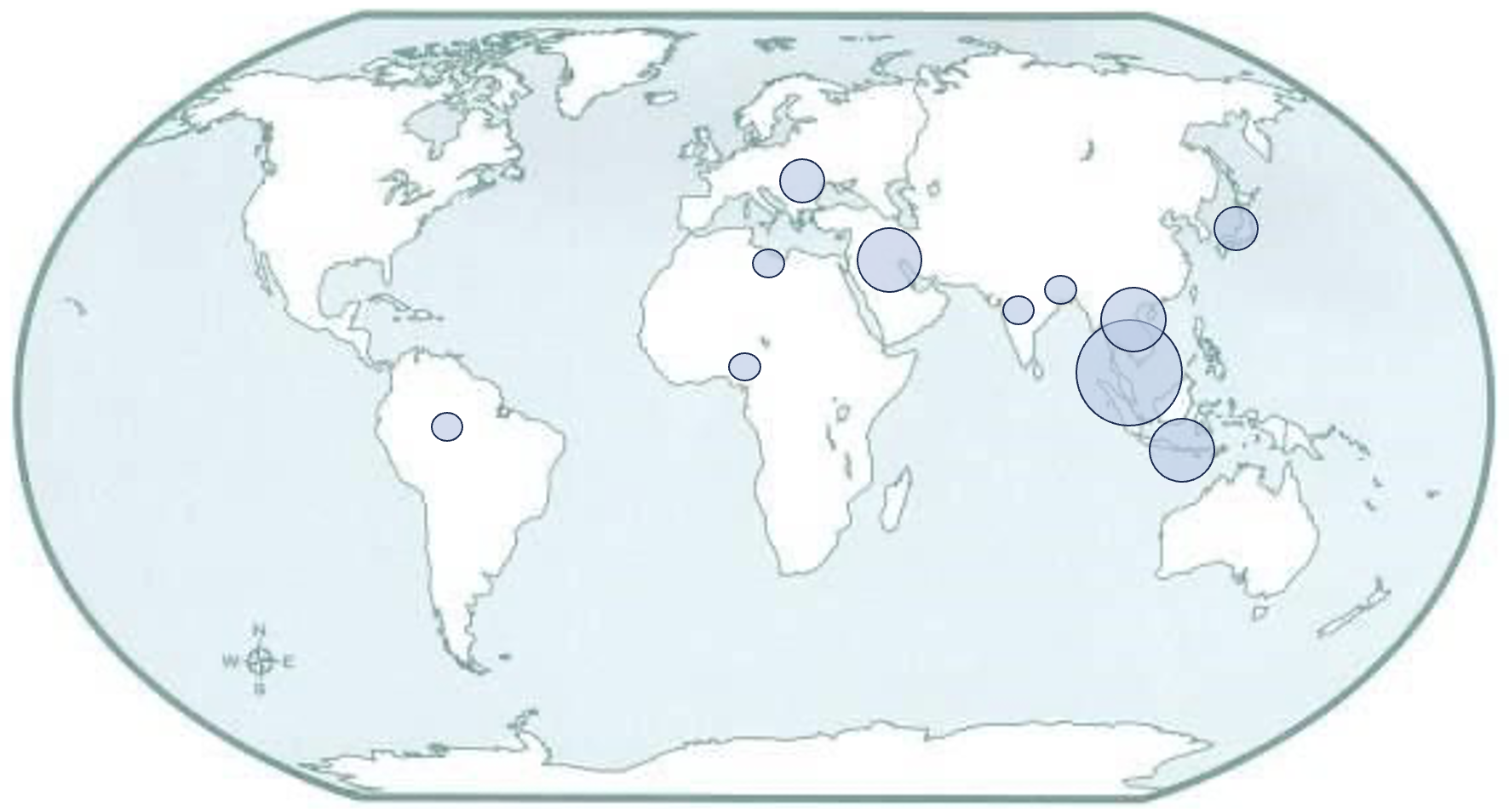Effects of Joule Heating and Slip on Magnetohydrodynamics Hybrid Carbon Nanotubes Flow Through a Permeable Moving Plate
DOI:
https://doi.org/10.37934/armne.24.1.5266Keywords:
MHD, hybrid carbon nanotubes, slip velocity, joule heating, moving plateAbstract
The remarkable enhancement of heat transfer achieved by carbon nanotubes has motivated researchers to investigate further combinations with various working fluids. This research delves into elucidating the magnetohydrodynamics (MHD) flow characteristics of hybrid carbon nanotubes over a permeable moving plate while considering the influence of Joule heating and slip velocity. The combination of single-walled carbon nanotubes (SWCNT) and multi-walled carbon nanotubes (MWCNT) with water is employed for the analysis. The plate is expected to move either parallel or opposite to the free stream. Employing a similarity transformation, the governing equations are converted into a set of ordinary differential equations (ODEs). These ODEs are subsequently solved using the bvp4c solver within the MATLAB 2019a software package. In this problem, two solutions are obtained when considering the added effects. The 1% hybrid nanofluid fastens the separation of the boundary layer. However, the strengthening of 2% MHD and 40% slip velocity seem to slow down the separation of the boundary layer. The heat transfer rate is found to increase with elevated suction, magnetic field and volume fractions. The boundary layer thickness in heat transfer is broadened as the volume of nanoparticles increases from 2% to 4%. The Eckert numbers show that there is no significant effect on the heat transfer rate performance. These findings are new original and offer valuable insights for those engaged in related fields.
Downloads

























